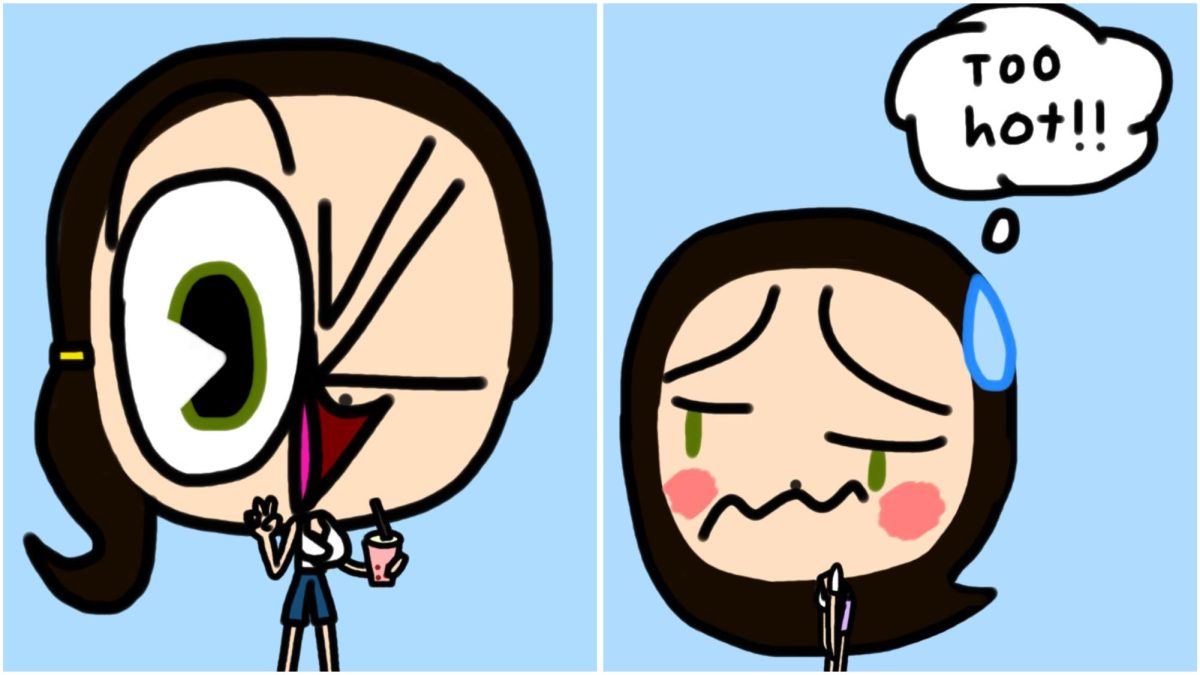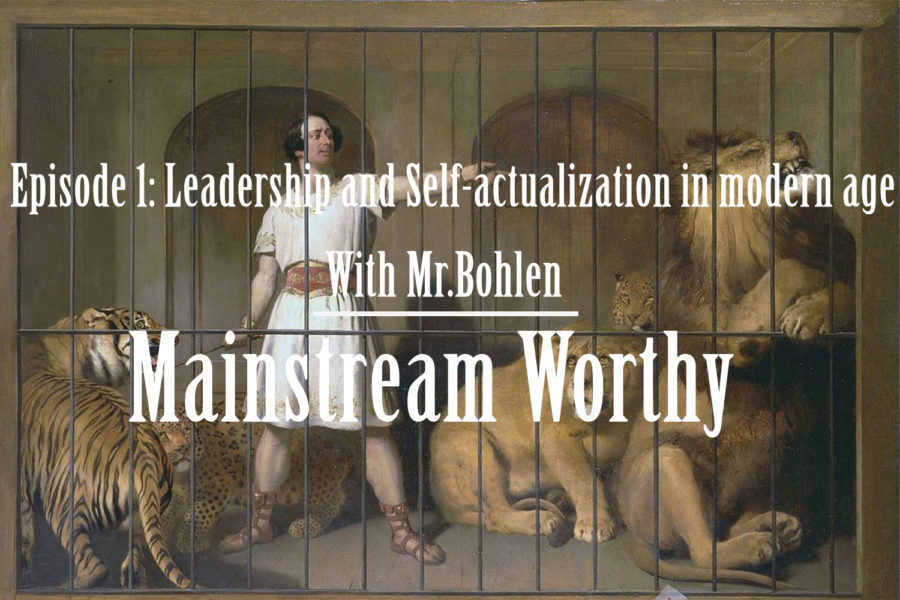Experimenting on Animals: Is it Really Worth it
December 13, 2017
You’ve seen the ASPCA commercials with desolate and abused animals found in dangerous places. These are the commercials that appeal to emotions by showing their audience depressed, hurt animals. However, many people who see these commercials and feel bad, don’t feel bad when they realize animals used for medical research are treated just as poorly – sometimes even worse.
According to People for the Ethical Treatment of Animals, PETA, over one hundred million animals are killed annually because of scientific research. Medical researchers all over the world yank animals out of their habitats to use them for their animal testing. Not only do scientists do tests on rats and mice, but they do tests on cats, primates, and other harmless animals. These animals are put into dangerous environments where they suffer from experiments that can only be described as torture. These animals are burned, forced to inhale toxic fumes, and even become disabled. PETA explains that some animals experience holes getting drilled through their head.
People have been experimenting on animals since the beginning of time, except the focus for early experiments starting in Ancient Rome was mainly for the study of anatomy. Since then, medical researchers have tested on animals to find cures for diseases, and to learn about systems in the body.
Although there have been several ground breaking treatments discovered, in part, through animal testing, including the cure for polio, in the majority of testing cases animals aren’t a good test subject because they react differently to diseases and treatments than humans do. This makes animals unreliable test subjects. In a recent report from The Guardian, Chukwuma Muanya states that scientists have found a cure for cancer in rats and mice, but the same cure does not work on humans. Additionally, according to the article, “Clinical Trials of HIV Vaccines,” from the National Institutes of Health “more than 80 HIV/AIDS vaccines that have passed animal testing have failed in human clinical trials.”
Not only is experimenting on animals inhumane, but it is expensive and ineffective. The New England
Anti-Vivisection Society (NEAVS), an organization devoted to protecting animals and advancing science with non-animal testing methods, describes multiple alternative research methods such as in vitro, computerized models, and stem cells to discover medical breakthroughs. In vitro testing takes place in test tubes that have human cell models, so no one is hurt or directly experimented on. Computerized models will also test cures without causing pain to innocent animals. These are just a few of the methods, yet they are much more cost-efficient and reliable.
While the United States has created several regulations in regard to the treatment of animals, other countries around the world have created none. The unethically of animal testing is reason enough for it to be put to an end worldwide. With more accurate and effective testing methods discovered, the United States and the rest of the world should stop experimenting on animals, and derive data from viable alternative methods.









































